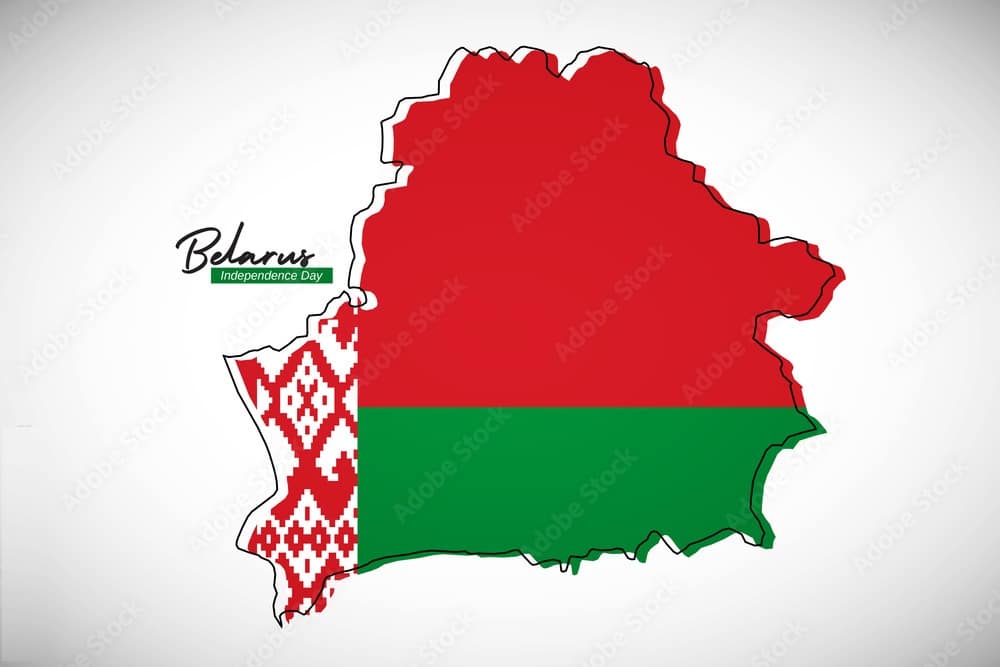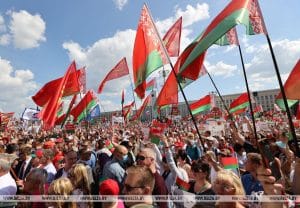Headlines
Belarus: A Brief History of a Slavic Nation

Belarus is a country in Eastern Europe that traces its history back to the Slavic peoples who migrated and settled on the territory of present-day Belarus, Russia and Ukraine between the 6th and 8th centuries CE. They assimilated the local Baltic tribes and formed several principalities, such as Polotsk, Turaw and Turov, that were part of the medieval state of Kievan Rus’.
See population, official language and more…

Belarus
After the Mongol invasion of Kievan Rus’ in the 13th century, Belarus became divided among the Grand Duchy of Lithuania, the Kingdom of Poland and the Grand Duchy of Moscow. Belarus was mostly under the influence of Lithuania, which later formed a union with Poland in 1569. The Belarusian culture and language flourished in this period, but also faced challenges from the Polish and Russian domination.
In the late 18th century, Belarus was annexed by the Russian Empire as a result of the Partitions of Poland. Belarus experienced economic and social changes under the Russian rule, such as industrialization, serfdom abolition and national awakening. However, it also suffered from oppression, Russification and wars.
After the collapse of the Russian Empire in 1917, Belarus declared its independence as the Belarusian People’s Republic in 1918, but it was short-lived and soon occupied by Soviet Russia. In 1920, the Belarusian Soviet Socialist Republic (BSSR) was created as a result of a staged rebellion by Polish soldiers under Lucjan Żeligowski. The BSSR was a founding member of the Soviet Union in 1922, and underwent several border changes and political transformations in the following decades.
During World War II, Belarus was invaded by Nazi Germany and suffered heavy losses in population and infrastructure. It became one of the main centers of the Soviet partisan movement against the Nazis. After the war, Belarus was rebuilt and industrialized under the Soviet regime, but also faced political repression, environmental disasters and cultural assimilation.
In 1991, Belarus declared its independence from the Soviet Union along with other republics. It adopted a new constitution and a national flag and emblem in 1994. However, it also faced economic and political challenges, such as hyperinflation, corruption and authoritarianism. Since 1994, Belarus has been ruled by Alexander Lukashenko, who has been accused of human rights violations and electoral fraud by domestic and international critics. Belarus has maintained close ties with Russia, but also sought cooperation with other countries and organizations.





